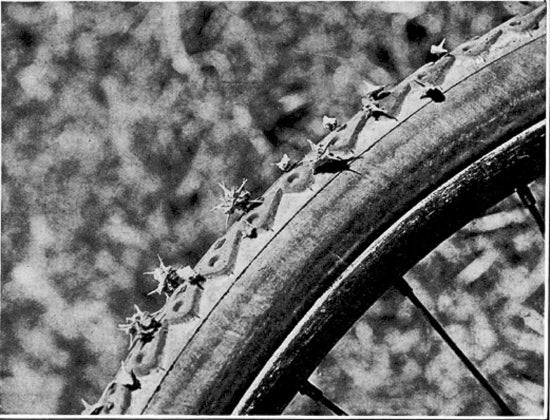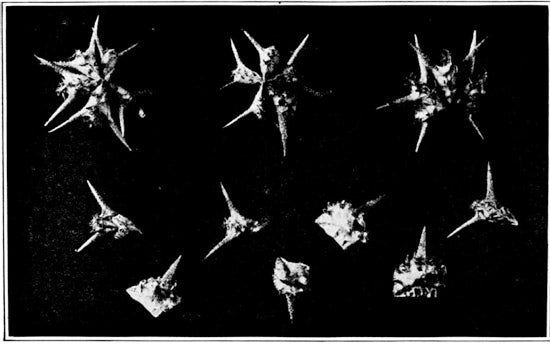This article was published in Scientific American’s former blog network and reflects the views of the author, not necessarily those of Scientific American
I recently visited Tucson, Arizona and was happy to see a fair amount of people riding bicycles rather than driving through the city’s downtown area. There are wide bike lanes and plenty of racks for parking, and even a monthly street fair where bikers can pick up new and used parts or equipment. All this plus a mostly sunny forecast made Tucson seem like an ideal biking locale, until a friend who lives in the area pointed to the numerous needles and burrs sticking out of his bike tires. “They make it kind of miserable to ride,” he said. “You begin to feel like the plant life in Arizona hates bicycles and the people who ride them.”

On supporting science journalism
If you're enjoying this article, consider supporting our award-winning journalism by subscribing. By purchasing a subscription you are helping to ensure the future of impactful stories about the discoveries and ideas shaping our world today.
Most likely, the bike tire massacre was due to the puncture plant, a species that was causing problems in Arizona and California when it was reported on in Scientific American’s September 10, 1921 issue. “Specifically this weed is known as Tribulus Terrestris probably because it spreads tribulation and terror among all owners of inflated-tire vehicles.” The plant is native to Southern Europe and is believed to have spread to the United States via the fleeces of imported sheep.
When the plant matures, its fruit (the burr) splits into 5 sections, each covered in needles. As they scatter, they lay needle face-up, waiting to puncture any tire that dares ride over. Once embedded in the rubber, they are very hard to remove and can stay in the tire for long distances, making it easy for seeds to spread.

“The possibilities for damage from this plant are well illustrated by the experiences of a California motorist who reported 70 punctures in one tire, all due to the puncture vine. In some sections where the puncture plant has become established, one-half of the bicycle tire and approximately one-quarter of the automobile tire punctures result from the spiny burs of this plant which are distributed along the wayside.”
Mowing was attempted to control the growth of the plant, but was ultimately unsuccessful. It is now considered a noxious weed by the USDA and is “restricted” and “controlled” in many states, including Arizona. However, while the puncture plant may seem like nothing but a menace, it has proven to be useful as a weapon when covered in poison while its extract can be turned into a potent male sexual enhancement drug.